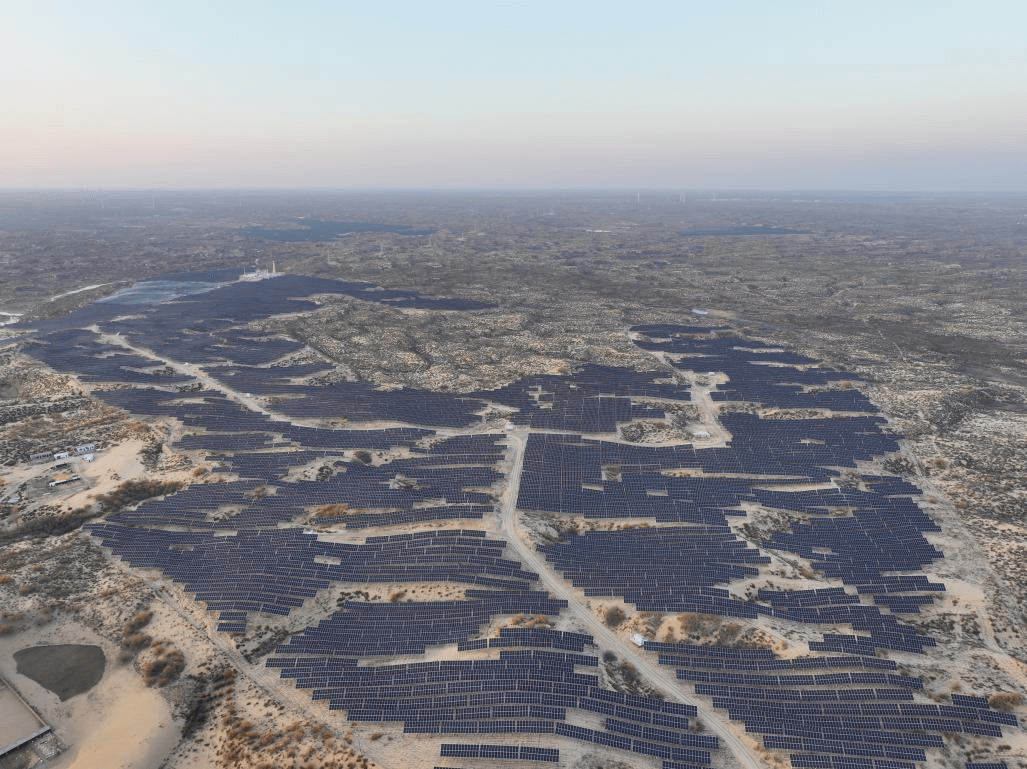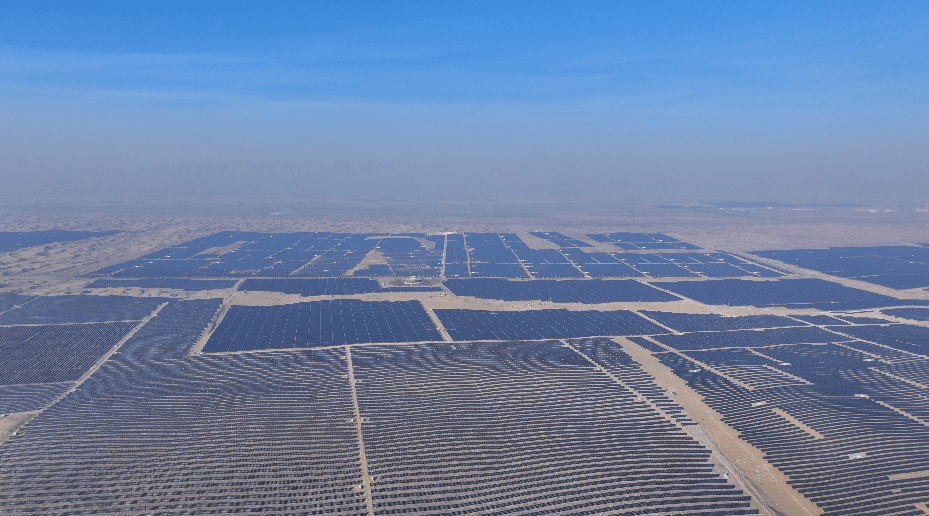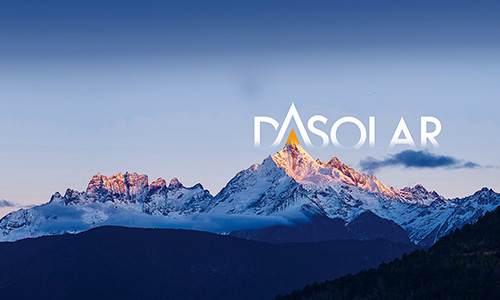How DAS Solar's Flexible Mounting Systems Facilitate Desert Control
2024-11-12
China's deserts cover approximately 700,000 square kilometers, making up about 13% of the country's land area, and the nation faces some of the most severe desertification in the world. In that context, controlling sand and combating desertification have become critical for environmental protection. Solar desert control is an innovative model that combines solar power generation with desert management. By establishing solar farms in desert areas, this approach helps reduce wind erosion, stabilize sand, and improve the ecological environment. DAS Solar's flexible mounting systems excel in this emerging market, offering reliable and cost-effective solutions in various scenarios.
The Chinese government has introduced favorable policies, prioritizing its efforts in desert control. Thanks to that, the unique approach to sand control has gained momentum. Recent data shows that about 53% of treatable desertified land in China has been effectively managed, with a net reduction of 6.5 million hectares of desertified land. China is now one of the first countries to achieve "zero growth" in land degradation and to see reductions in both desertification and sandification.
Traditional sand control has typically focused on afforestation. However, desert regions possess abundant sunlight, making solar energy a more advantageous solution. Compared to conventional methods, solar desert control offers superior ecological, economic, and social benefits. Solar modules help reduce wind speeds, slow the sand movement, and provide a long-term stabilizing effect. Additionally, the shade from panels reduces surface evaporation, creating a more humid microenvironment that fosters vegetation growth. Above-ground, solar modules generate clean energy to support green agriculture and forestry; below, vegetation helps retain soil moisture, promoting the growth of plants and shrubs. This dual approach maximizes the efficient use of resources and supports sustainable ecological protection.
In vast desert regions, stability against wind is crucial. DAS Solar's flexible mounting systems utilize a space cable network design, offering exceptional wind resistance between rows. The use of pre-stressed cables ensures the structure's integrity, while the north-south tension rod system enhances torsional stiffness to counteract wind vibrations. The high clearance and long-span design address traditional issues such as excessive land use and high project costs, providing a more economic solution.

DAS Solar's flexible mounting systems excel in harsh conditions, delivering excellent safety and reliability through rigorous material selection and engineering processes. In wind tunnel tests, the system performs exceptionally at wind speeds of 46m/s, showing outstanding resilience to wind loads and vibration response, as well as passing extreme condition and anti-crack tests with flying colors. The system remains stable and robust even in adverse weather conditions.

In recent years, solar desert control has been widely applied in Northwest China and Inner Mongolia. By integrating N-type modules with flexible mounting systems, DAS Solar has actively developed comprehensive ecological solutions. Successful implementations in projects such as the Kubuqi Desert in Inner Mongolia and Yulin in Shaanxi have provided valuable experience, leveraging solar energy for economic development. Moving forward, DAS Solar will continue to make the most of its competitive advantages, uphold stringent product quality, and innovate market-driven solutions, driving green momentum in "PV+" applications. This will infuse rural revitalization with sustainable vitality, creating a win-win for ecological, economic, and social benefits.







 浙公网安备33080302000236
浙公网安备33080302000236